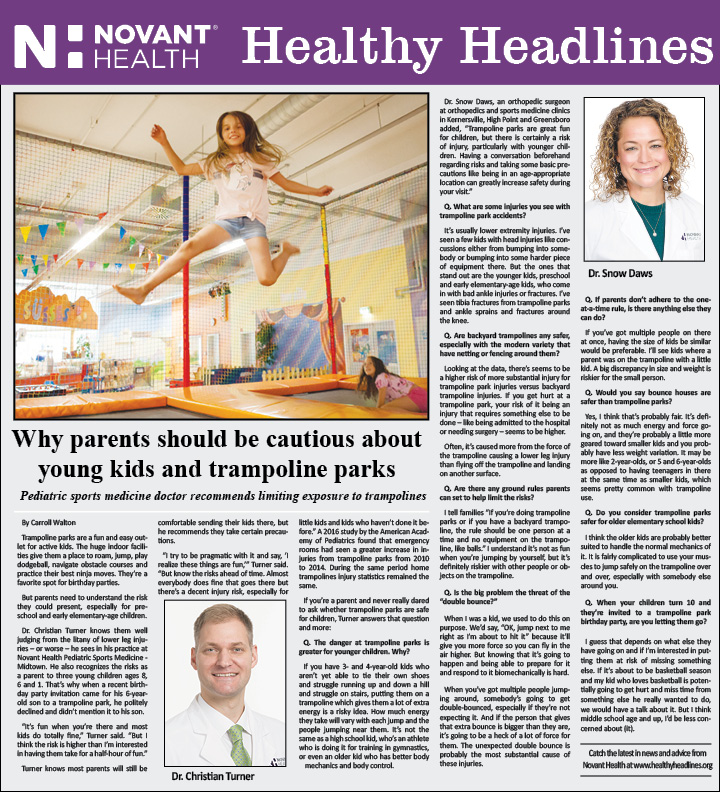 In July, local teacher Lyn Irving completed a summit hike up Mount Kilimanjaro in Tanzania, Africa.
In July, local teacher Lyn Irving completed a summit hike up Mount Kilimanjaro in Tanzania, Africa.
Irving started the actual hike on July 12 with roughly 30 miles to tackle.
“The route down was shorter,” she said. “There are five different trails to the top. I did the Lemosho route. You are required to have a guide.”
Irving noted that there are over 300 guides in Tanzania and the lengths of the treks are 5-10 days up the mountain.
“We chose a trip that took us eight days because it’s less traveled and more successful,” she said. “You don’t do much mileage on an eight-day trip, but there is a 90 percent success rate.”
Irving said there are a lot of people in Tanzania who speak English, but most don’t.
“There are 120 tribes there and each one has their own individual language. Swahili is the main language. Even if they do speak English, you have a hard time understanding them,” she shared.
On the route Irving took, she went through every single climate zone, including tropical rainforest the first day, followed by heath, moorland, alpine, desert, and ended with an arctic climate at the summit.
“It’s really cold at the top,” she remarked. “We were told to wear seven to eight layers on top and four layers on bottom, and we could remove layers if we needed. I ended up removing two layers on top. I am sure that is the most I have ever had on at one time.”
Contrary to the summit, on the second day on the mountain, Irving said it was really, really hot.
“You had to pack everything,” she said. “You had to have shorts, tank tops and arctic coats.”
With taking the trail that had a 90 percent success rate, Irving said all five people in her group made it to the top and back down.
“We had a 22-year-old boy from Pittsburgh, two women, 43 and 44, from Las Vegas, and me and my friend,” she said. “To get us up the mountain, we had 23 people including 20 porters, one guide and two assistants. The porters carried a big tent, a cooking tent, and a toilet that they put in a tent.”
Irving said the cost to summit the mountain ranges anywhere from $1,800 – $7,000. It ended up costing her around $2,200.
“The low-end group didn’t carry any medical stuff. I think you would have gotten much fancier food with the more pricey ones,” she said. “That is probably the most expensive trip I have ever taken, especially since we did a safari afterwards.”
Out of the eight days Irving was on Mount Kilimanjaro, she said they spent six-and-a-half days working their way to the top, and one-and-a-half days to get down.
“On day five, we went up the Barranco Wall, which was the hardest day up to that point because it was a lot of rock scrambling,” she said. “I enjoyed the rock scrambling but my friend did not.”
Irving explained that the porters hike ahead of the hikers so they don’t see them. Then when the hikers get to their stopping point at the end of the day, everything is already set up.
“You carry a daypack with water and the porters carry all your extra gear,” she shared. “We would stop at about 2:00 everyday, but would hike through lunch, then around 4:00, we would go out for an acclimation hike for about two hours, which was an out and back hike. Being so close to the equator, it’s pretty much 12 hours of light and 12 hours of dark.”
Irving said every morning and evening the porters would sing in their native language.
“When you would come into camp they would come out and sing. Each morning they would do repetition and put our names in. The song meant iron pipe and that we were strong,” she recalled.
Irving said what she enjoyed the most about her trip was making it to the top.
“It gives you the feeling of achievement, but I enjoyed the whole trip,” she said, sharing more about “summit day.” “On summit day, they start at midnight. That day we did not do an acclimation hike the night before. Instead we ate dinner early and slept from 6 – 11 p.m. Then they got us up. Normally, we only had three guides, but on this day they added three more porters to carry additional things like oxygen and hot tea.”
She continued.
“We started at midnight and that was by far the hardest day. For me personally, long, continuous uphills are a lot harder than rock scrambles. I got to the summit at 7 a.m. and I was worn out. I am not sure what the mileage was to the top,” she said.
Irving said to start the descent, they hiked back to their tents, took a two hour nap, ate lunch and then descended further.
“From that point, we took a different trail,” she said.
Although Mount Kilimanjaro is Africa’s highest mountain at 19,341 feet at the summit, Irving said she never felt like there was too much exposure or that she feared for her life.
“I would recommend this trip to other people. I think any hiker could do it. You don’t need to be a backpacker because you don’t need to carry anymore than you would in a daypack,” she said. “You never know who is going to have altitude sickness, and it’s not a real technical hike.”
Irving said she was among one of the oldest hikers on the mountain while she was there.
“At each camp, there is a station that has a big book that you have to put your name, country, outfitter, guide’s name, where you stayed the night before and your age. After about the third night, I said, ‘I am the only person in my 60s. Most people out there are fairly young. My friend, Shari Altman, did find someone that was 66,” she said.
Along with hiking the John Muir Trail, featured in the Saturday-Sunday, August 6 & 7 edition, and Mt. Kilimanjaro, Irving has also hiked the Wind River Range in Wyoming, the Inca Trail to Machu Picchu in Peru, and Longs Peak in Colorado, to name a few.
Summiting Mt. Kilimanjaro
Previous post: Land Use Plan open house
Next post: Haneline









